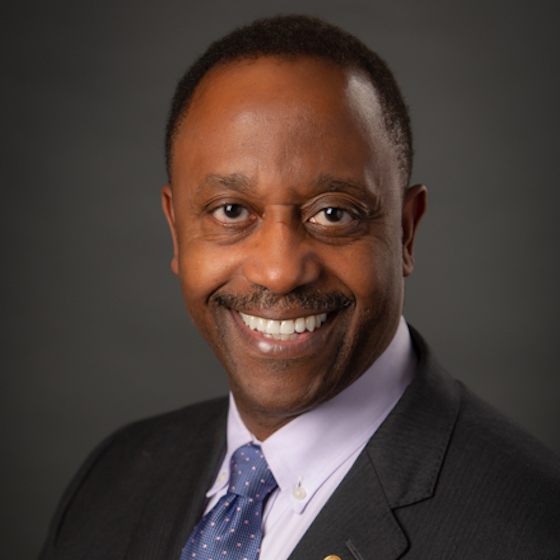Each day our team has the honor of interacting with the heroic doctors, nurses and numerous other clinical and administrative staff that are stopping at nothing to keep us healthy and safe.
We recently had the opportunity to sit down with our healthcare provider partner and PatientPoint Design Team member Dr. Gary LeRoy, a family physician based in Dayton, Ohio, to discuss what he’s seeing on the ground in his practice.
As the 2020 President of the American Academy of Family Physicians Board of Directors, Dr. LeRoy is a leading voice on primary care. Throughout the COVID-19 pandemic, Dr. LeRoy’s expert perspective has appeared in national media outlets including The Wall Street Journal, NBC News, US News, Time and NPR.
PatientPoint: How is COVID-19 impacting your practice? What are your conversations like with your patients right now?
Dr. LeRoy: COVID-19 has changed how we see the doctor-patient relationship. Patients are concerned about their risk and exposure to COVID-19, and they also have a general sense of anxiety about how this will change the practice of medicine ongoing. It’s our job as physicians to continue to do what is appropriate for EACH patient and meet our patients where they are in their healthcare journey.
“That in-person, exam-room experience allows me to perform a comprehensive exam and see the patient beyond just the shoulders and the face. It’s then that I notice things they didn’t come in for and notice those subtle changes.” – Dr. Gary LeRoy
PatientPoint: While we know that doctors and patients are using telehealth during this time, in-person visits continue to be important for some patient populations. Tell us more about that and why in-person face time with the physician is so critical.
Dr. LeRoy: The uptick in telemedicine is likely here to stay; however, telehealth is not a complete substitute for in-person patient visits.
The practice of medicine is an art, and I begin the physical exam the moment I see the patient, including the way they walk. In person, you’re able to notice subtle clues: You can see changes in speech, eyes, skin, and nails in person that you can’t see on a video. A patient may also come in for one thing and you notice another. For example, I just diagnosed a patient with cardiac arrythmia, but that’s not what she came in for. I may be seeing a patient for diabetes and notice a spot on her arm that is potentially cancerous. These subtleties cannot be replaced by current telemedicine solutions.
It’s also important to remember that not all patients have computers or smart phones, and not all patients have the cognitive ability to seamlessly use telemedicine, or some patients are visually or hearing impaired. Some patients don’t have super broadband internet or a private place to go [for telehealth].
PatientPoint: Why would you say the exam room is a place for interaction with patients that you can’t get anywhere else?
Dr. LeRoy: Again, medicine in an art. Not every diagnosis comes with absolute certainty, so it’s the subtle nuances, the subtle changes, that provide clues which lead to the best care possible. That in-person, exam-room experience allows me to perform a comprehensive exam and see the patient beyond just the shoulders and the face. It’s then that I notice things they didn’t come in for and notice those subtle changes.
PatientPoint: How will healthcare and the greater healthcare provider community emerge from this pandemic?
Dr. LeRoy: We [providers] will emerge from this pandemic being better at our profession. We are embracing technology and using all the available tools to provide the best patient care, and we’re in this together, learning from each other.
Visit our COVID-19 blog for more insights like this from physician practices, hospitals and health systems nationwide.

